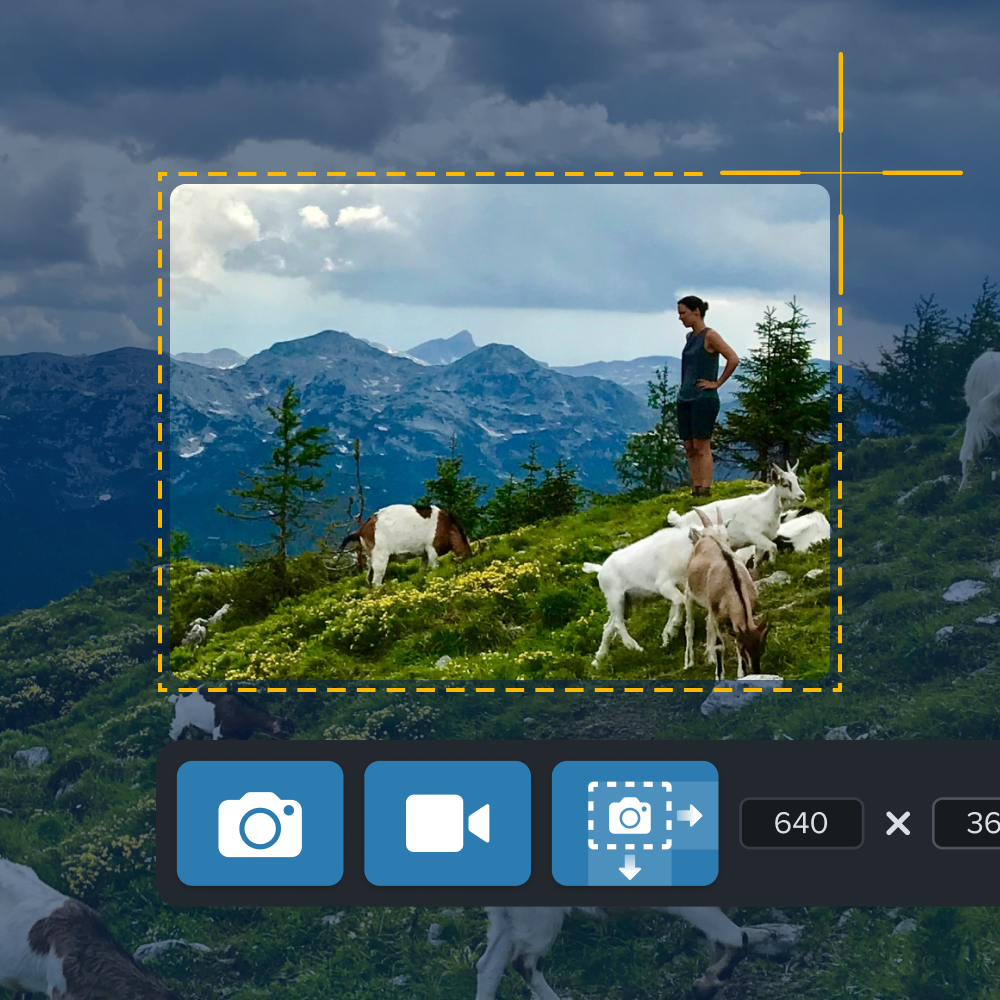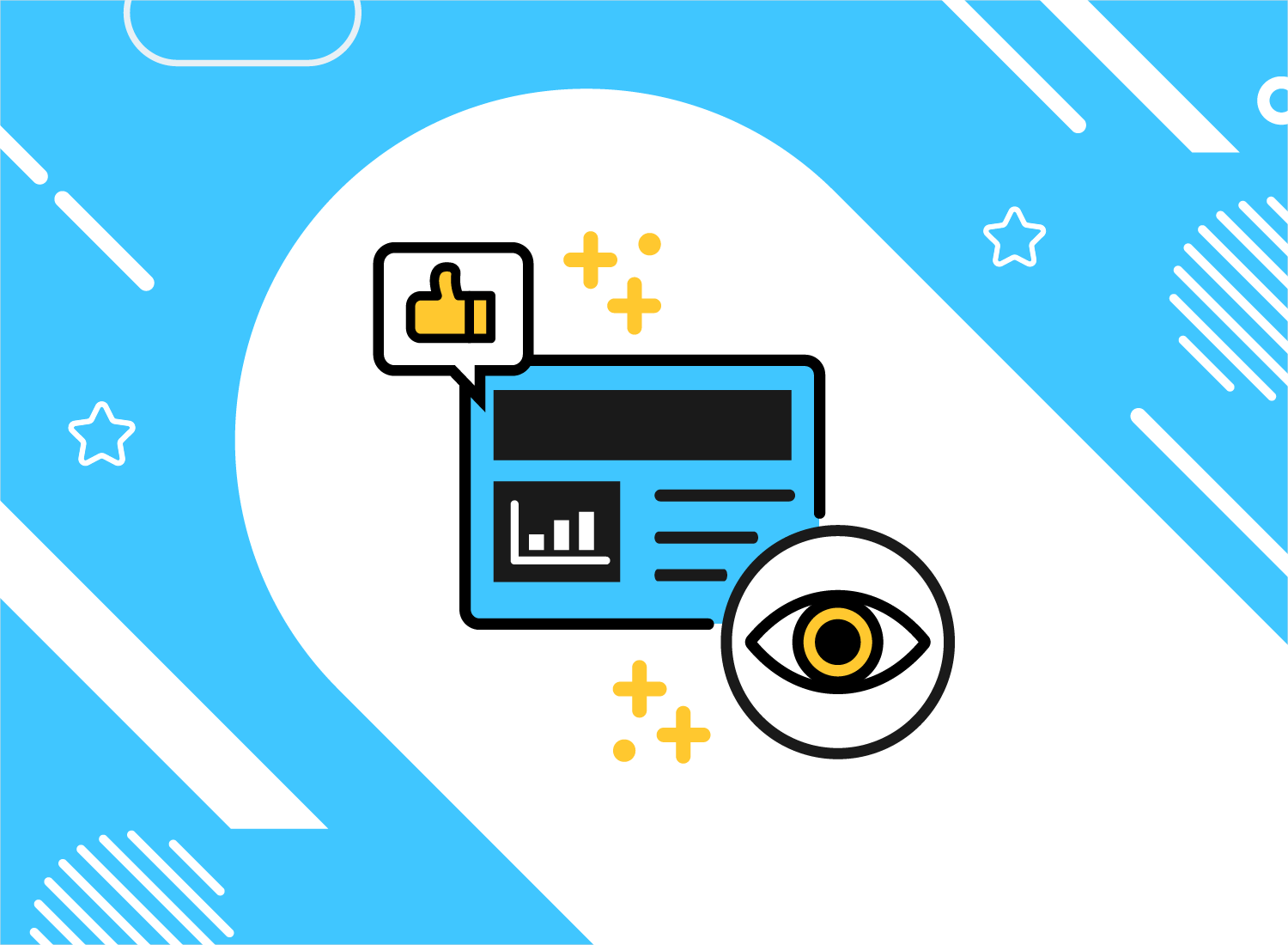By integrating visual content, such as short videos and static images in your communications rather than text alone you can save time and improve performance in a significant way.
Specifically, TechSmith has proven that a business can save up to $1,200 in productivity per year for every employee who consumes content as part of their job just by integrating visual content.
Are you ready to integrate visuals into your communication?

What is visual communication?
Visual communication is the practice of using visual elements to get a message across, inspire change, or evoke an emotion.
– Communication design refers to crafting a message that educates, motivates, and engages the viewer.
– Graphic design uses design principles to communicate that message in a way that is clear and eye-catching to the intended audience.
What visual communication is about at its core is selecting the elements that will create the most meaning for your audience. These elements usually include text, icons, shapes, imagery, and data visualizations.
Some strategies that are common in visual communication are:
- Showing the impact of your work by using data visualization
- Outlining processes and flows by using shapes and lines
- Creating more memorable information through the use of symbols and icons
- Telling stories through visuals and data
- Harnessing color to illustrate importance and attract attention
Visual communication examples
You don’t have to be a professional designer to communicate visually. You’re probably already using some forms of visual communication already.
A ton of good graphics and visual design elements can capture attention, and you can add to your communication stack. Screenshots, GIFs, screen recordings, charts, and videos are among the most used forms of visual communication.
Screenshots
Simple screenshots are a great example of an easy way to create your own image while conveying a message in a meaningful way. Screenshots can do anything from sharing details in a how-to tutorial to showing important comments on a social media thread. Screenshots are truly the catch-all of visual communication.

Videos and screen recordings
Videos and screen recordings are a fantastic tool when you need to share more in-depth information, such as instructional content or a more complex process. Research found that 83% of people prefer to learn instructional or informational content by video over text or audio only.
Using a screen recording tool, record the process you want to show off. Then, spruce it up with quick and easy edits to give it a professional look. Videos are especially helpful for onboarding and teaching processes; more on that later.
GIF’s
GIF’s may not be the first concept that comes to mind when you think of professional communication, but they have their place nonetheless. They are a great tool to build rapport between employees, make shareouts fun, and add a little humor to presentations. They’re incredibly versatile and a great tool for team members to use.

Charts and graphs
When sharing data or important milestones with your team members, charts and graphs help provide much-needed context. This is especially useful when giving a presentation and updating a lot of people about specific data points. Visuals aids make information easy to understand.

Different types of visual communication keep things fresh and exciting, don’t be afraid to incorporate more than one of the examples discussed above.
If you are not sure how to get started using visuals to help you communicate better, Snagit is a great tool that can help you transform simple screenshots into helpful images, videos, and animated GIFs.
Why is visual communication important?
The modern workplace landscape sees us working cross-generationally and cross-culturally, with individuals from all walks of life who have different learning styles, and different backgrounds.
This means that an individual’s reception to and retention of information provided can vary greatly depending on where they land on each of the spectrums listed above but also on how the information is provided.
Integrating effective visual communication as part of your routine norms is important because it helps to bridge the gaps that traditional word-focused communication leaves.
Between phone notifications and coworkers popping by with questions, there are a lot of distractions to compete with.
No matter how well thought out or important your message is, if your coworker opens the email and sees a long wall of text, assume they’re not going to read it. The amount of resistance to communication often correlates with the amount and quality of information being communicated.
Incorporating high-quality images and videos in your communication rather than relying solely on text to share your message can decrease the amount of time required to absorb the content, maximizing the potential for viewers to actually open, and understand your message.
Every single day, we are all telling visual stories, whether we’re making videos, or websites, or slide decks. We have to learn how to think visually.
Regarding memory, visual communication can improve long-term associations and reading comprehension.
Visuals highlight the main points you are trying to communicate in an efficient and interesting way, helping the viewer connect those main points with contexts that are relevant in their own lives, thereby strengthening their memory’s connection to the information.
The best snipping tool for Windows and Mac
Don’t let clumsy built-in tools hold you back. Take and edit screenshots with Snagit!
Get Snagit
How to use visual communication in the workplace
Being able to effectively communicate your message is important no matter where you work. Remote teams require remote communication such as email, video conferencing, instant messaging, and file-sharing platforms. By incorporating visuals in these channels, communication can improve between team members, no matter where they work.
Tools that make it easy to communicate visually —like Snagit — are likely to become indispensable for remote teams as research suggests that a lack of visual communication could jeopardize productivity and engagement in organizations.
According to a survey by TechSmith, 98% of respondents who use video, a form of visual communication, at work say it improves the effectiveness of their message.
Here are seven ways you can use visuals to communicate more effectively at work.
Video messages > meetings
Record your screen and camera with Snagit for quick updates and feedback.
Learn More
1. Onboard new employees
It can be time consuming to schedule face-to-face training sessions every time a new employee joins your organization. Being a new employee is overwhelming with so much to learn right from the start.
Make onboarding easier by creating narrated screencasts that show how to use your organization’s standard programs. New hires will be able to re-watch them when they need a refresher, and you’ll save time by avoiding in-person training sessions.
2. Capture inspiration
Imitation is the sincerest form of flattery. So, take a screenshot of images you encounter online and file them away for future reference.
Saving good ideas with screenshots lets you build up a library of inspiration to use the next time you’re stuck for ideas. With Snagit, your screenshots are automatically saved in the Snagit Library. From there, you can create specific mood boards by tagging your captures. Tagging your screenshots is easy to do and even easier to refer back to when you need a little inspiration.

3. Skip writing pages of notes
Have you ever had the problem of trying to write pages of notes, only to realize you missed parts of what was said? One way to help alleviate this problem is to record the conversation (with permission, of course).
Recording a conversation will ensure you don’t miss any details. You can also share the recording so that those who might have been absent can still get all the relevant information.
Handwritten notes can be influenced by the perspective of the note-taker, so it is ideal to have a recording handy.
4. Give clear feedback
Giving and receiving feedback on content or projects can be challenging. You often have to wait (or chase) stakeholders for feedback on projects. And sometimes when they provide their suggestions, it’s paragraphs of text which you’re left to interpret yourself.
Using visuals to show your exact feedback can reduce the time used sending emails back and forth and helps everyone get on the same page. This can make the approval process go much faster.
6. Report progress
Line graphs and pie charts are effective visuals, but without context, they might not be able to stand alone in an email or message.
One of our favorite visual communication strategies is to record a video rather than simply communicating with graphics. Videos are a simple level-up to how you present information to your team.
By hitting record and narrating your graphs or slide presentations, you can help your audience better understand results, data, and the impact they may have on your business. This can be particularly helpful when reporting data to coworkers in different departments who may need a little more explanation or context to understand what the numbers mean.
Adding graphic elements to reports can also help achieve clarity and engagement, instead of text alone.
7. Write better emails
Email is a necessary part of work and a crucial communication tool. But what if you could cut down the amount of text and still convey your point in a way that will grab people’s attention?
Adding screenshots to your emails can help you create a more visually appealing message. They are more engaging to view than blocks of text, and you can draw your reader to your main point with marked-up screenshots.
Annotate and edit screenshots with Snagit
Professional mark-up tools and powerful features make it easy to create helpful images.
Try it Free




 The Visual Lounge:
The Visual Lounge:
Share